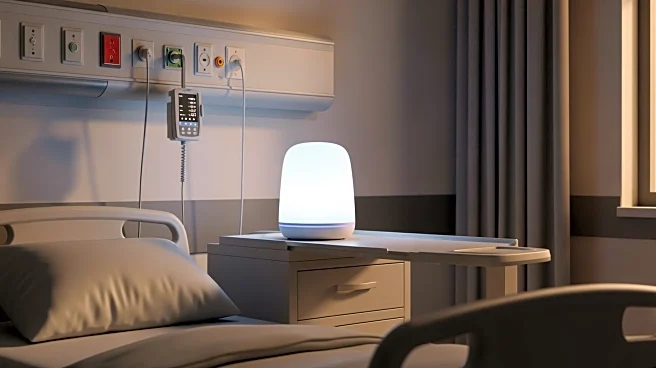What's Happening?
Healthcare leaders are increasingly adopting hybrid workforce models to enhance patient care and staff engagement. Sentara Health's senior vice president and CNO Amber Price, along with Collette Health's CNO Dr. Christine Gall, have shared insights on how
blending in-person and virtual roles can improve care coordination and elevate team engagement. These models are evolving as hospitals and health systems strive to find the right balance for success, emphasizing the importance of culture and communication in building trust and ensuring the effectiveness of hybrid approaches.
Why It's Important?
The shift towards hybrid workforce models in healthcare is crucial for addressing staffing challenges and improving patient outcomes. By integrating virtual roles, hospitals can optimize resource allocation and provide more flexible care options, potentially reducing costs and increasing efficiency. This approach also supports workforce sustainability by offering staff greater flexibility and work-life balance, which can enhance job satisfaction and retention. As healthcare systems adapt to these models, they may set new standards for patient care and operational efficiency.
What's Next?
Healthcare organizations are expected to continue refining hybrid workforce models, with ongoing assessments of their impact on patient care and staff satisfaction. Leaders may explore further innovations in technology to support virtual roles and enhance communication. As these models gain traction, regulatory bodies might consider new guidelines to ensure quality and safety in hybrid care delivery. Collaboration among healthcare providers, technology developers, and policymakers will be key to advancing these models and addressing potential challenges.
Beyond the Headlines
The adoption of hybrid workforce models in healthcare reflects broader trends towards digital transformation and innovation in service delivery. It highlights the need for healthcare systems to adapt to changing patient expectations and technological advancements. This shift may also influence educational programs and training for healthcare professionals, emphasizing skills needed for virtual care and digital communication.













